Composting is one of the best ways to create nutrient-rich soil for your garden plants by breaking down organic matter. It can reduce waste, increase the fertility of your soil, and help you produce healthy food.
However, while composting may seem simple enough, having the right insects on your compost pile can make a world of difference when it comes to the quality of your compost.
Compost insects act in different ways, but essentially, they break down your food scraps into smaller pieces by eating them and then excreting what they don’t need.
This process increases compost fertility and raises its temperature, thus speeding up the stages of decomposition.
Most importantly, it allows microorganisms to complete the job and decompose organic materials down to their smaller molecules.
- Related article: Insects in Gardens
Read on to learn more about the most common beneficial insects for compost and how they contribute to the health of your compost pile.
1. Earthworms (Eisenia Fetida and Dendrobaena Veneta)
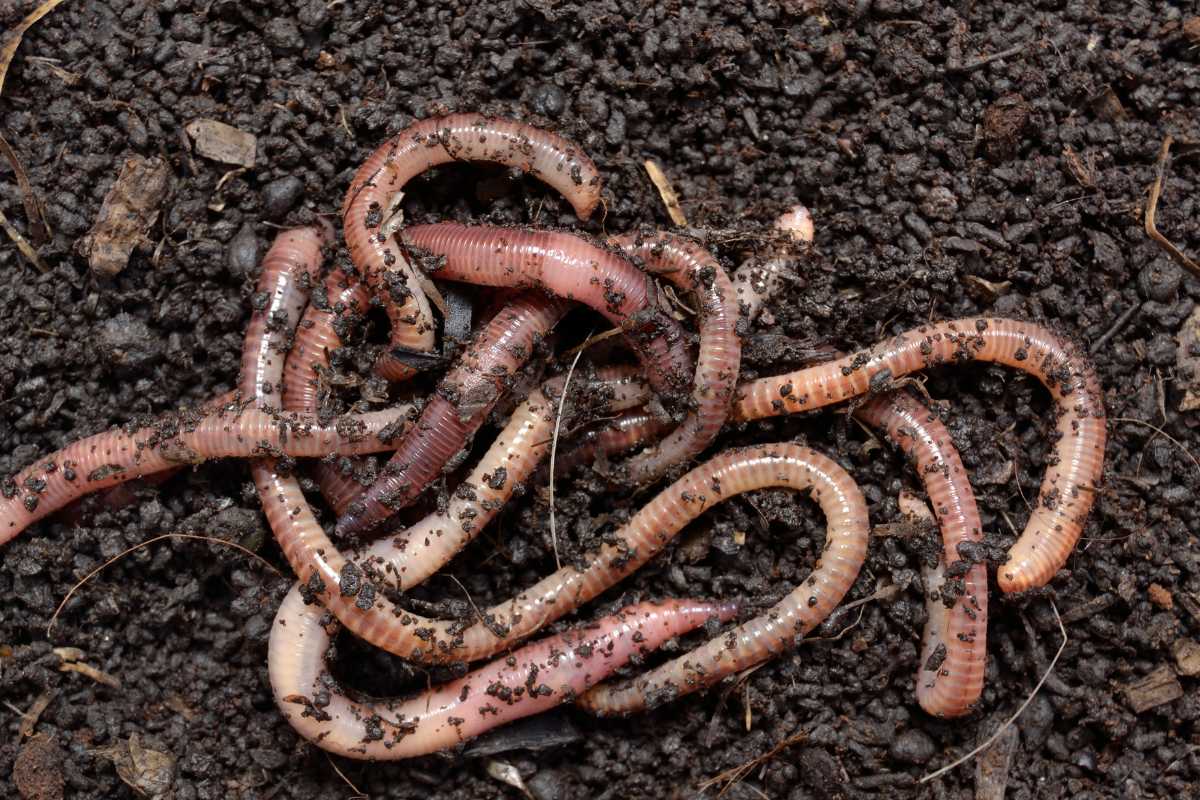
Earthworms are the most important micro-organisms that live in a compost pile, as well as in the garden.
With their activity, they enrich the soil with important minerals, such as phosphorus, magnesium, calcium, and nitrogen. They also dig galleries that aerate the soil and help the passages for oxygen, water, and nutrients.
The most common species are Eisenia Fetida, commonly known as brandling or tiger worm, and Dendrobaena Veneta.
Earthworms are great physical decomposers that many people choose to raise them in wormeries and then later on mix the castings with a finished compost for fertilizer.
Their intestinal juices are rich in hormones, enzymes, and other fermenting substances that contribute largely to the breakdown process.
These worm farms allow you to decompose organic matter such as food scraps much faster than in a traditional compost and they produce a nutrient-rich substance that will increase the fertility of your garden.
2. Mites (Arachnida Class)
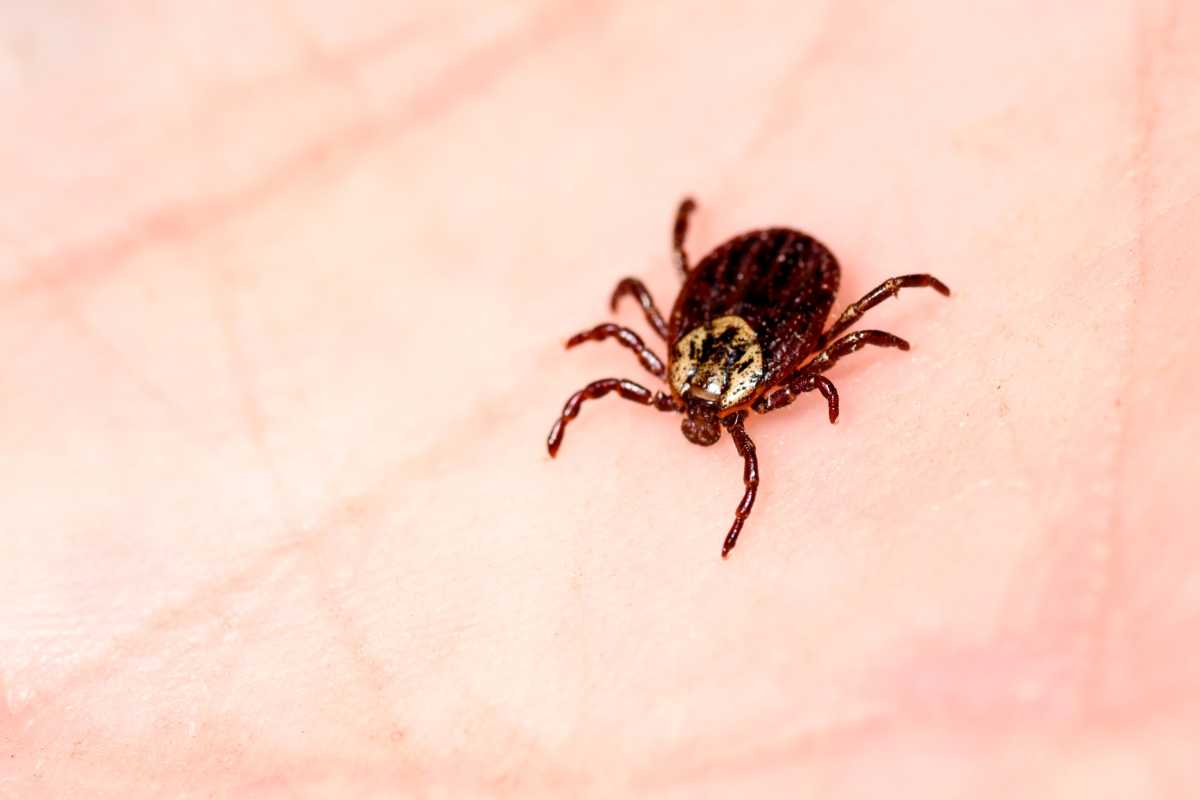
Mites are some of the most common insects in a compost heap. They are arachnids that vary greatly in size from species to species, with some of them so small that they can’t be seen with the naked eye.
Mites mostly feed on various organic waste and fungi, but some are predators of other insects, such as mites, springtails, and nematodes.
Some species eat yeasts and are called mold mites, because they thrive even if too many greens have been added to the compost and it starts to ferment.
Predatory Mites are usually brown in color, while mold mites are transparent.
3. Pill Bugs (Armadillidium Vulgare)
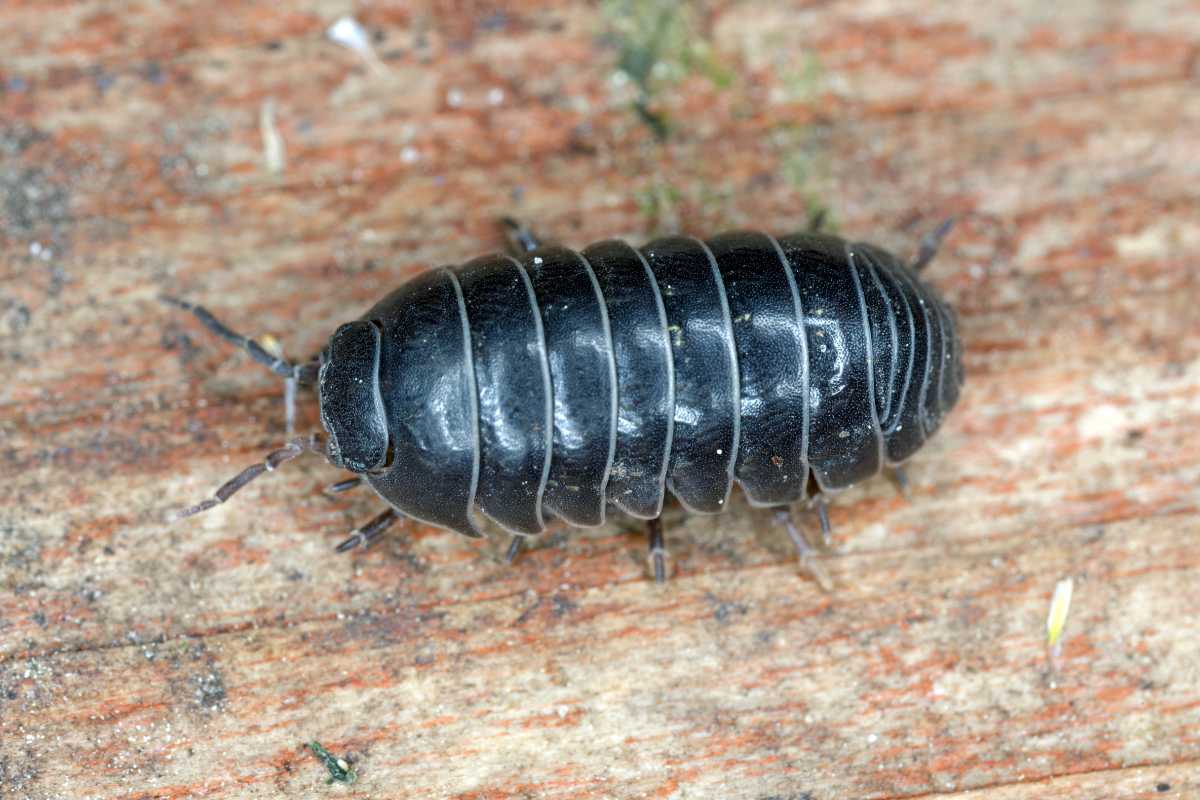
Pill bugs have earned this name because they roll into a ball when scared. They can look like tiny armadillos, and in fact, that’s also their scientific name. They are also called sow bugs or pill bugs.
Pill bugs are not classified as insects scientifically, as they are the only crustaceans that don’t live in the water and would rather take up residence in compost piles.
They can be dark brown or black in color and can be found throughout the United States, where they are an invasive specie.
Pill bugs can be very beneficial to your compost because they love to eat decaying plant material and other kitchen waste.
Be aware though that if none is available, these tiny crustaceans might venture into your garden to feed on weaker plants.
4. Maggots (Hermetia Illucens)
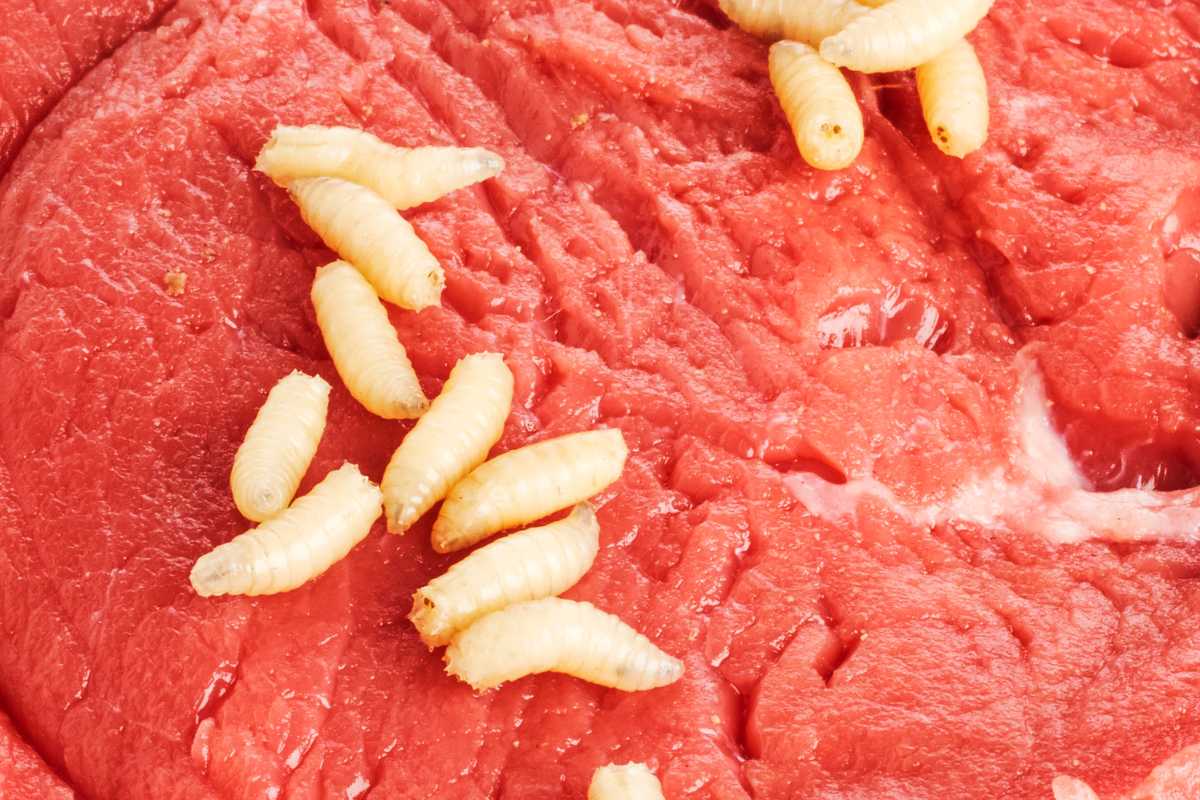
Maggots are amazingly beneficial for your compost pile. With their burrowing movements through the soil, they help the decomposition process by mixing the compost and aerating it.
Maggots are actually just the first stage of development or the larval stage they thrive in moist compost piles and continue their development there.
They are cream-colored when they first emerge from eggs and then become brownish as they age. After about a week, maggots turn into one of the most common fly species in compost, the black soldier fly.
The only downside of these insects is that, if they get to be too many, they will overwhelm you when you have to get near your compost to turn it or add materials.
By ensuring that there’s a balance between black soldier flies and other species of composting insects, you can control their population so that they don’t get to be too numerous.
You can achieve this by adding more dry materials to your healthy compost and turning it often to reduce humidity and moisture levels.
5. Ants (many species)

It may not look like it, but ants can be very beneficial to your compost.
Ants can increase the biodiversity of your compost, which is always a good thing. They do this by bringing fungi and other insects into their nests to be used as food.
They also feed on kitchen scraps, meat scraps, seeds, and aphid honeydew.
Ants also enrich compost with minerals, such as phosphorus and potassium, and the galleries they create for their nests help the air to flow. Moreover, they feed on many insects that are detrimental to your garden.
Ants can nest in your compost bin only if you’re using the cold composting technique or when your compost heap is maturing and has cooled in temperature.
If there are too many, it’s probably because your compost is too dry, so simply douse it with cold water to get rid of them.
You will want to do this if you notice even small numbers of army ants, red army ants, and carpenter ants, which are three species that are harmful to your compost.
These ants feed on worms, which you always want to be thriving.
Check out this article to learn more – Why Are There Ants in My Plants?
6. Beetles (Ptiliidae, Staphylinidae, Carabidae, Scarabaeidae Families)
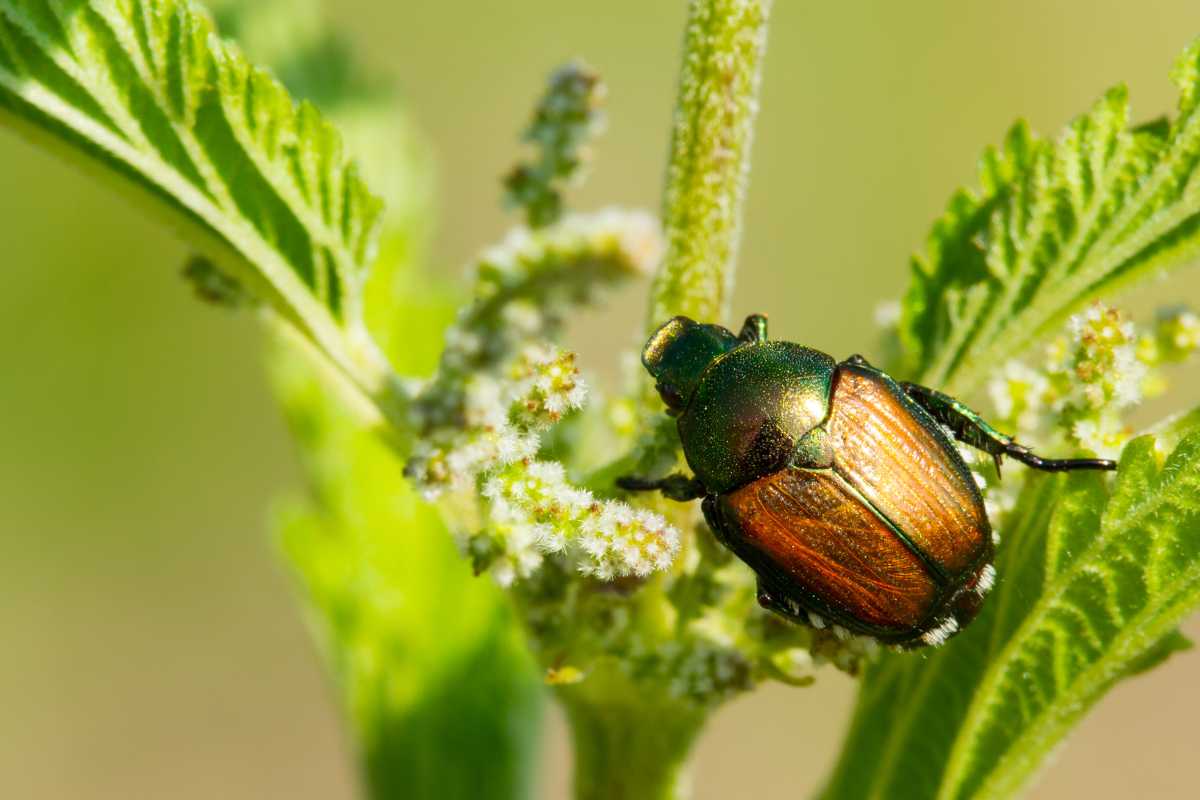
The beetles you will find in your compost are not the same ones that are considered pests in the garden.
These beetle species are no danger since the small feather-winged beetles (Ptiliidae) feed on fungal spores and the larger ones on critters, insect larvae, slugs, and snails.
The latter include rove beetle, or staphylinids, and ground beetles, also called carabids.
Rove beetles are usually black or brown in color and can raise the upper part of their bodies like a scorpion. And while they do not sting, they still give off a painful bite.
Ground beetles mostly prey on slugs, leatherjackets, and cutworms.
You might also see a few white grubs, which are the larvae of beetles from the scarab family. There’s nothing to worry about, as they feed on the roots of discarded plants and plant matter.
Beetles do not directly contribute to the health of your compost, but if they are present, you can take it as a good sign. It means that the beneficial insects they feed on are thriving.
7. Roundworms (Nematode Phylum)
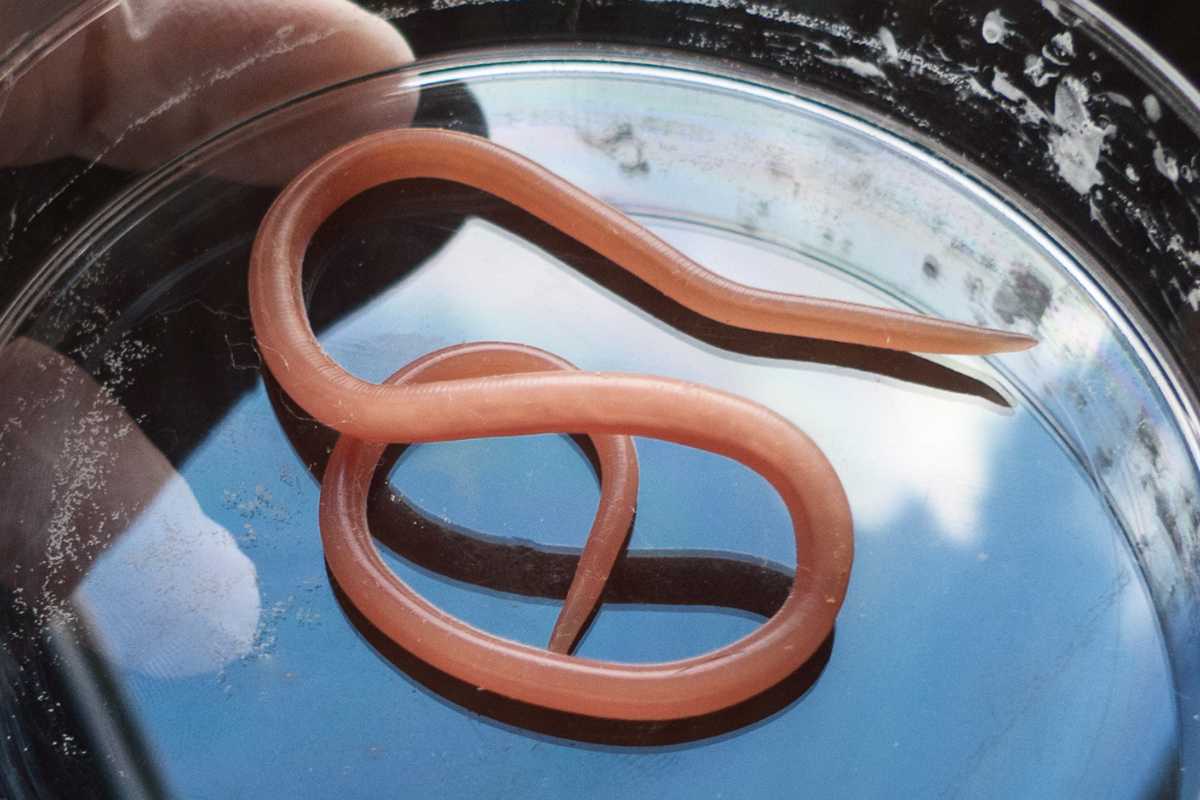
Roundworms, or nematodes, are microscopic worms that are often overlooked but are actually one of the most numerous animals on earth.
They play a crucial role in nearly every ecosystem, including your compost pile. They accelerate decomposition and make different minerals available to plant roots.
There are nematodes that release the nitrogen they don’t need after feeding on bacteria and fungi, while others prey on harmful pests.
Another role they play is the redistribution of micro-organisms in the compost, providing an excellent food source for other beneficial composting insects.
Beneficial Compost Insects Final Thoughts
Not all of the insects you will find in your compost heap are beneficial. And with a thousand different species of each kind, they all have different food preferences.
You will have to learn to recognize different bugs so that you can then foster the good ones and discourage the presence of the more harmful ones.
The insects that are beneficial for your compost are very rarely dangerous to humans, except in the case of allergies.
These include mites, pill bugs, earthworms, maggots, and nematodes. Not all of them are technically insects, but it’s important to mention them because of their importance to the composting process.
Maggots are especially useful because by moving around in the compost they introduce oxygen that helps speed the reactions that are helpful in breaking down organic materials.
Damaging insects include spiders, slugs, houseflies, centipedes, bees, and certain species of ants.
Many of these insects prey on beneficial bugs, thus decreasing their effectiveness. Others, such as slugs, can consume too much of your compost and then move on to feed on your garden greens.
Gain further insights about insects by checking out these other great reads:
- Beneficial Insects
- Beneficial Insect Predators
- Where to Put Beneficial Insect House
- Beneficial Bugs for Indoor Plants
Sources:
- https://extension.oregonstate.edu/news/dont-worry-maggots-help-break-down-compost-pile
- https://www.ncbi.nlm.nih.gov/pmc/articles/PMC7971458/
- https://catalog.extension.oregonstate.edu/sites/catalog/files/project/pdf/em9034.pdf
- https://compost.css.cornell.edu/invertebrates.html
- https://hortnews.extension.iastate.edu/ants-are-ecologically-beneficial

